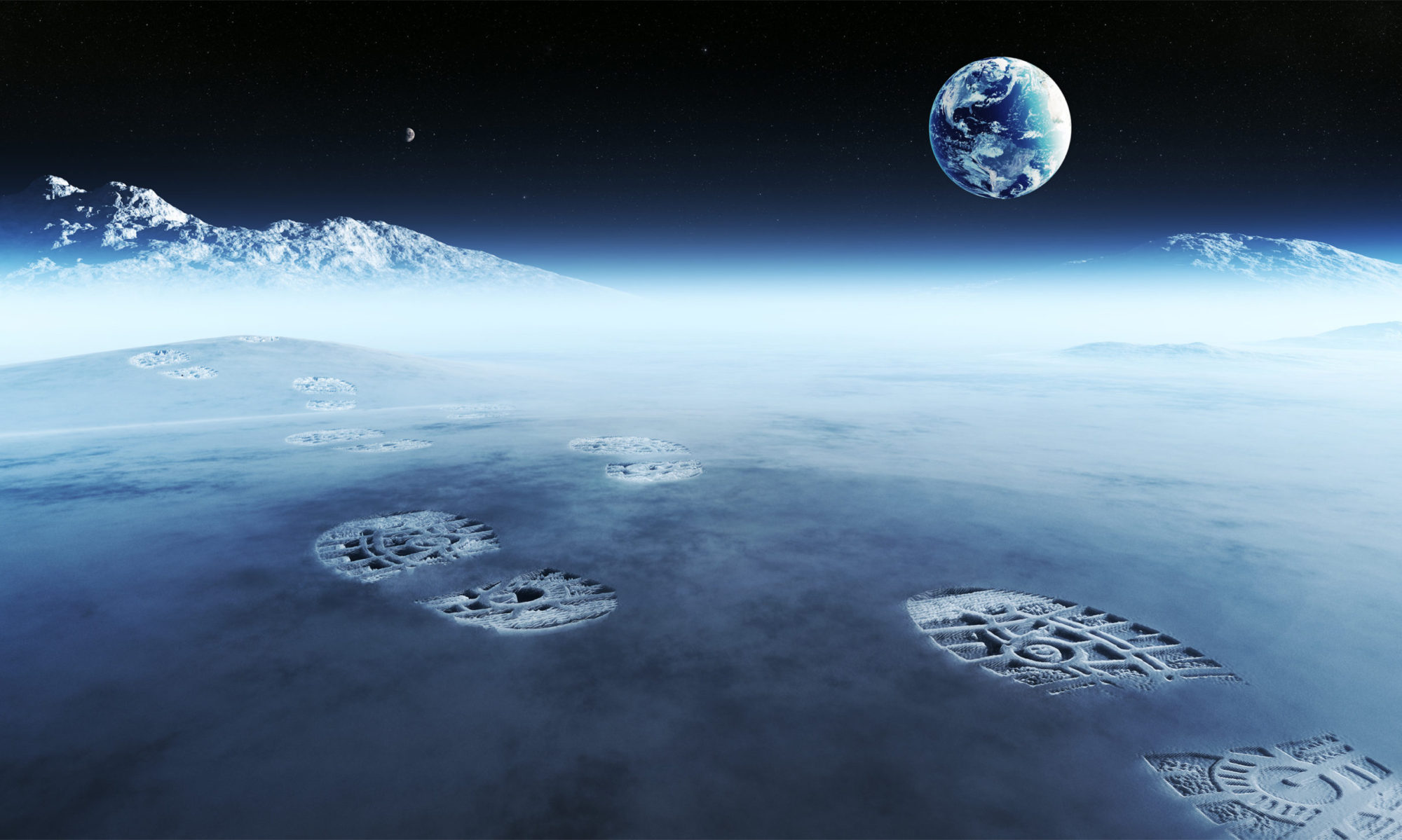
E________, second draft: 54.5% complete.
Human beings, I sometimes think, are time machines, programmed to travel into the future. And one of the joys about traveling into the future is that you get to see how things turn out. Things that used to be science fiction (cellphones, orbiting space stations, flying cars (nearly there!)) become a part of everyday life. And if, like me, you write hard(ish) science fiction, you like to think that some of what you put down on the page will come true one day. Excepting, of course, the galaxy-spanning wars, pogroms and massacres. I’m talking about the cool stuff.
Which is why, one day, I would like to be able to write a story about a coal mine.
Wait. What?
Coal mines, despite being pressed into service by Suzanne Collins in her Hunger Games trilogy, are very much associated with the past. No one, not even those in countries like China or Poland that still rely on coal for their energy, see much of a future for them. I, on the other hand, am beginning to think they could have a really important – and really green – part to play in a grid powered by renewables.
I’m thinking wheels.
With the exception of solar panels, electricity is basically generated by spinning wheels. Admittedly, the wheels are hooked up with magnets and conductors, but if the wheels don’t spin the magnets and conductors don’t work and you don’t get electricity. Coal, and gas, and nuclear powerplants all generate heat that turns water into steam that is then used to turn turbines (a fancy word for wheels) and generate electricity. They’re essentially steam engines. Dams and wind turbines (there’s that word again) do it more directly, using water and air to set the relevant wheels (okay, turbines) to spinning. The bigger and the heavier the wh . . . sorry, turbine, the more electricity you can generate.
Which brings us to coal mines. More precisely, the shafts of coal mines. Some of these are very deep. The deepest in Europe, possibly the world, is in the war-torn Donbas region of Ukraine. Shakhterskaya mine is 1,546 meters (5,072 feet) deep. Think about that. You could drop the Empire State building (1,454 feet) down there plus another two of them and still need to take a serious elevator ride down to the topmost spire of the third one.
And it’s elevators, actually, that are the key to this. An elevator (or lift as I should say now that I’m back in Scotland) is something raised up and down a shaft on a pulley mechanism. And a pulley is basically a wheel. When it turns it can generate electricity.
So, here’s the deal. When the sun is shining or the wind is blowing, use any excess electricity you produce to lift heavy weights (I’m thinking elevators full of sand and rejected manuscripts) from the bottom of a mine shaft, the deeper the better. Then, when the sun is not shining and the wind is not blowing, let the weights drop. They would drop slowly because they’d be turning a gigantic pulley that we’d be using to generate electricity on the way down. And it’s a long way down! Scientists estimate that building “gravity batteries” like this has an energy storage potential of up to 70 Terawatt hours. That’s a lot of watts, by the way – about as much as the entire world consumes in a day – completely rechargeable and with no meaningful emissions or dangerous chemicals. Plus, think of all the old mining communities that could be reinvigorated by the investment and jobs. It’s a win win win win win!
Of course, in my novel, the gravity battery will be the site of a grisly crushing death, or maybe the target of terrorists trying to blow up the grid. Not cool! Let’s try and keep those bits confined to the page.

